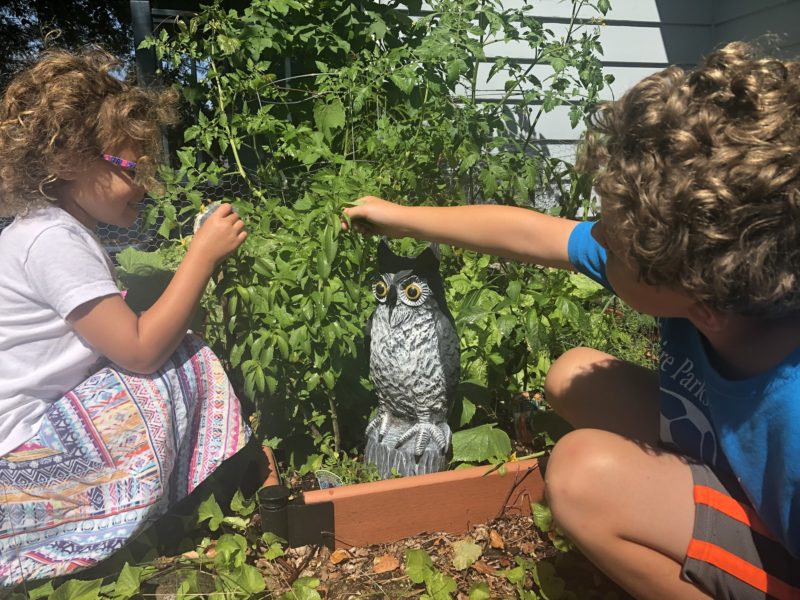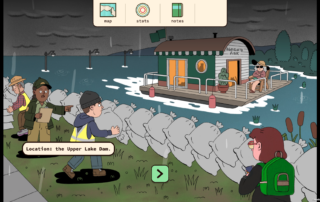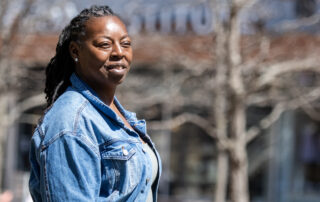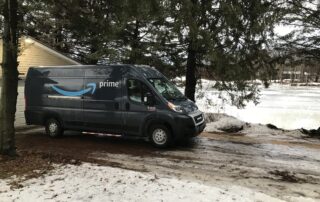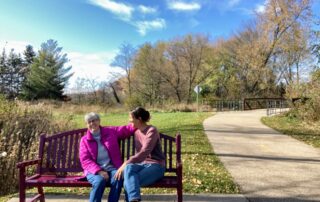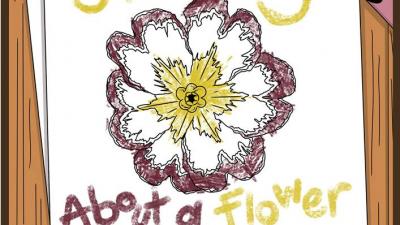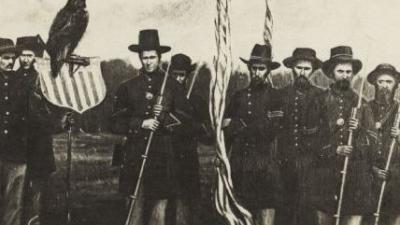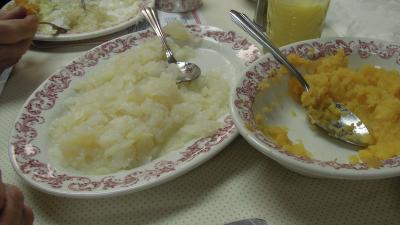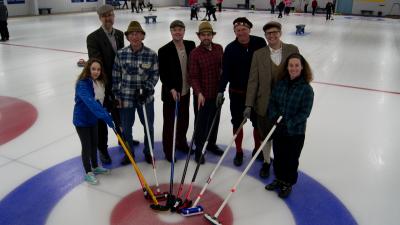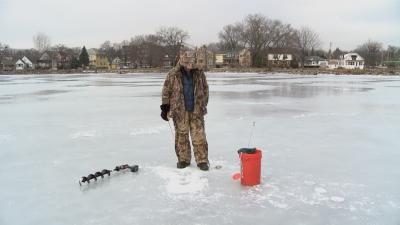Ever feel like you’re constantly battling garden invaders? Dealing with the weeds, bugs, and critters can be a never-ending, daunting task. Or, you can roll with it, just like author BJ Hollars and his family.
==
My neighbors did the logical thing: rolled out the chicken wire, planted the stakes, and transformed their garden into a fortress. Sun and rain still had access, though no longer the rabbits, or the raccoons, or the deer. Much of the garden’s beauty was gone, but the crop remained: sprigs of parsley, carrot greens, summer squash. It was a price my neighbors were willing to pay.
Meanwhile, our garden was quite the opposite—unencumbered, free, and for every critter with whom we shared our neighborhood, a smorgasbord of earthly delights. My wife and I attempted our own deterrent, recruiting a plastic owl who served admirably for all of an hour, at which point the rabbits grew wise to our dead-eyed sentinel, viewing him more as a maître d’ than our tactical defense force.
One morning in late May—in the days prior to the invasion—my five-year-old son stood beside me in the yard and said, rather unceremoniously, “Oh look, a deer.” I turned to spot a fawn half-hidden in clover, his snout bobbing like a dowsing rod. He lay folded atop a bed of needles, staring at my son as my son stared back—two creatures too young to be afraid.
In retrospect I should have been the one to be afraid. I now see that fawn for what he was: the opening salvo of the onslaught soon to come, whose presence became so routine that some nights we all dined al fresco. My young family hunched in their lawn chairs, popsicles dangling, while the rabbits and squirrels made short work of everything edible. It was easier to marvel than be mad, and so, we did.
By mid-July, it was clear we had a problem: not with the pests, but with our neighbors. While they worked hard to keep the animals away, we worked hard to recruit them. Had we been cable TV subscribers, we might’ve filled our time otherwise. But since we weren’t, we took our front row seats in the lawn chairs, reveling in the animals’ displays. Equally curious, the animals watched us, too, shooting us looks which, roughly translated, meant: Have you people never heard of chicken wire?
Six months later—long after the garden was gone and our owl was neck deep in snow—I peeked out the back window to spot three deer nosing through the hoar frost. They were more apparition than animal. More guest than pest. I like to think they were a family. And that perhaps the littler one was the one we’d met in the clover the previous spring.
That morning when the deer returned, the world was so cold it could snap. So cold I swear I saw a shimmer of heat rising from their fur. Long after they’d left me, their hoof prints held firm in the snow. A reminder, not of what we’d lost, but of all we’d been given.
==
(This story originally aired on July 17, 2019.)
SONGS: “Duet for Guitars #3” by M. Ward
“Hot Fun In The Summertime” by David T. Walker
